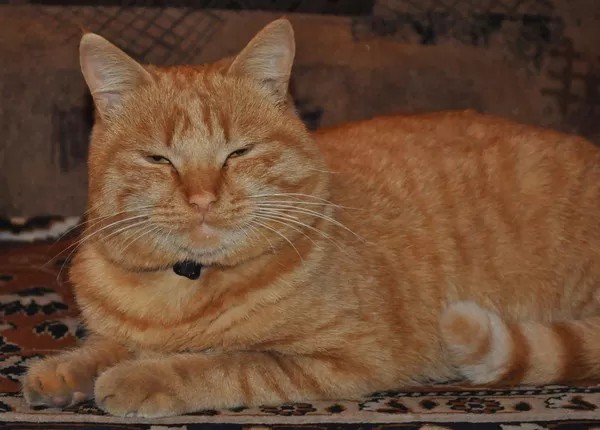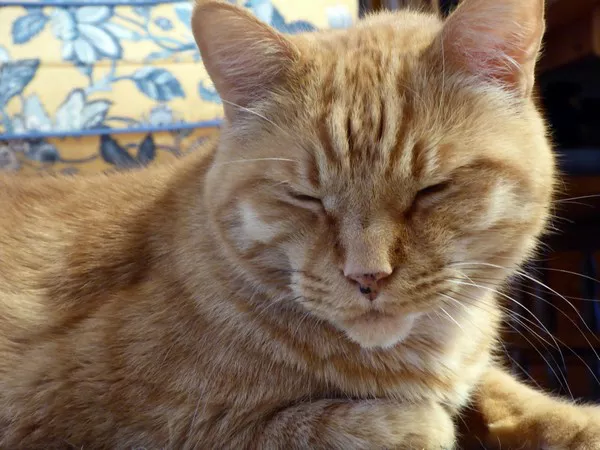As kitten season continues to strain local animal shelters, experts from Triple R Pets are offering their final trap/neuter/spay (TNR) workshop this Saturday, November 16, in Hickory Hills. The workshop, which runs from 10:30 a.m. to noon at the Hickory Hills Community Center, aims to tackle the ongoing issue of feral cat overpopulation.
While kitten season traditionally peaks in the spring and summer, when shelters are overwhelmed by young cats, outdoor feral cats continue to breed even into the fall. According to the Shelter Animals Count database, 1.58 million of the 3.3 million cats entering rescue organizations in 2023 were under five months old, highlighting the scope of the problem. Kitten season typically begins in spring and culminates in a surge of kittens by summer.
“This year, kittens are still being born,” said Collette Walker, a volunteer with Triple R Pets. “Breeding is still going on, and no one knows exactly why.”
Experts note that cat breeding cycles are tied to seasonal sunlight, with mating typically starting when daylight hours lengthen in the spring. However, Walker suggests that climate change might also be a contributing factor, though this theory remains controversial.
The workshop is being held in response to numerous complaints from Hickory Hills residents about the growing feral cat population. Ald. Patrick Purtill requested the event after hearing from concerned local residents. The session will provide information on how to humanely manage the reproduction of unwanted kittens and address the strain on local animal shelters.
“Shelters are in crisis,” Walker said. “Many are no longer accepting kittens and are relying on foster care to manage the influx.”
During the workshop, Triple R Pets will discuss the TNR program, which focuses on trapping, neutering or spaying, and returning feral cats to their outdoor habitats. The session will also cover best practices for trapping, transporting, and helping feral cats recover after the procedure.
“It’s a great program. We don’t do the trapping ourselves because we don’t have enough volunteers, but we train the public to perform TNR on their own,” said Walker. “Typically, we hear from caretakers who are feeding ferals.”
The feral cat issue is also compounded by cats being abandoned in forest preserves or left behind when people move away. Walker shared an example of a cat that appeared on her security camera after being dumped. “A beautiful calico showed up on my camera,” she said. “I’ve adopted five former ferals, and I have outdoor shelters for them, but animal shelters are closed and are not taking in cats.”
“The best we can do is provide outdoor shelters for these cats,” Walker added, emphasizing the need for community involvement in managing the feral cat population.
Related Topics



























